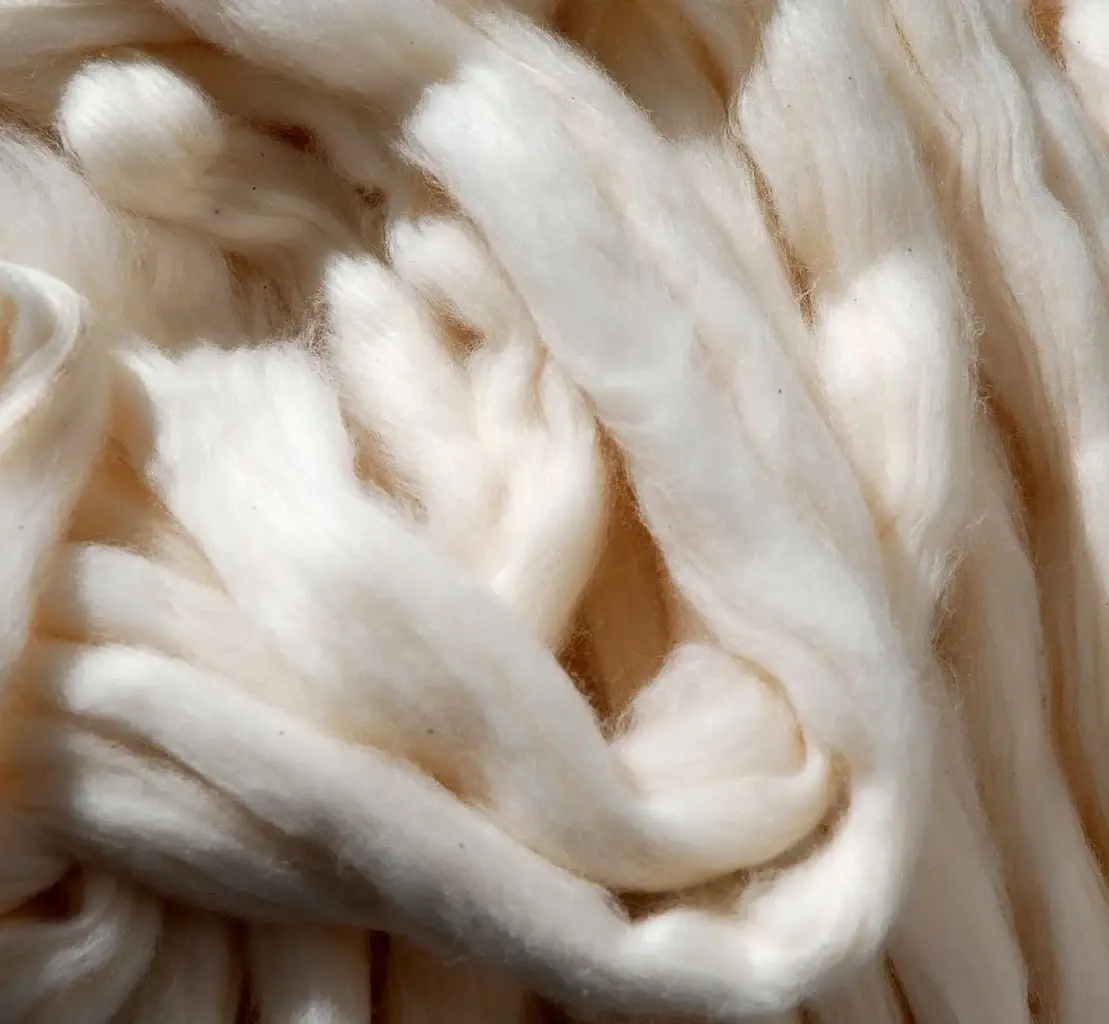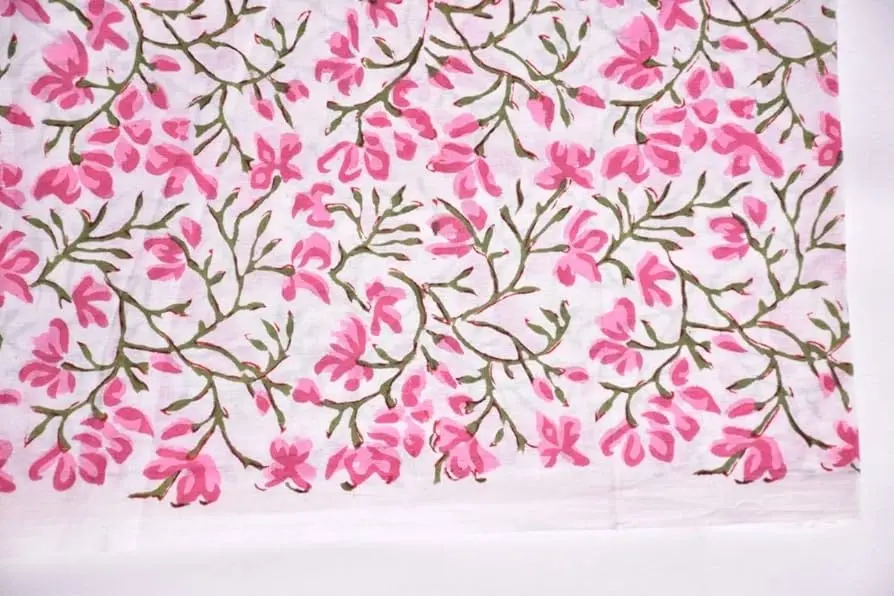‘Cotton’ The Wonderful: A Natural Fibre for Everyday Life
- Fashion Design
‘Cotton’ The Wonderful: A Natural Fibre for Everyday Life
Contact us
Bengaluru
Campus 1 : JD School of Design, No. 18-1, Brigade Road, Bengaluru,Karnataka – 560 001.
Campus 2 : No. 40, Swan House, 4th Cross, Residency Road, Bengaluru, Karnataka – 560001.
Goa
Musthtifund Saunstha , Near Mahalaxmi Temple,Dada Vaidya Road, Goa-403001
For centuries, cotton, a fluffy and soft staple fibre, has been an essential part of human existence. This natural fibre is obtained from the cotton plant’s seedpods and is not only incredibly comfortable but also possesses a multitude of highly versatile properties.
Composition and Characteristics
Cotton fibres, which are mostly composed of the complex carbohydrate cellulose, are prized for their strength, resilience, and breathability. In addition, they are wrinkle-resistant, hypoallergenic, soft, and absorbent by nature. Cotton is also UV-resistant and biodegradable, making it a green option.
Types of Cotton
Upland cotton, the most widely grown type, is used in a vast array of products. Pima cotton, known for its long fibres and softness, is often used in high-end clothing and bedding. Egyptian cotton, with its luxurious feel due to extra-fine fibres, is a popular choice for premium linens. Organic cotton, grown without harmful chemicals, caters to the environmentally conscious consumer. Supima cotton, a brand of Pima cotton grown in the USA, is prized for its strength, softness, and colour retention. Genetically modified BT cotton offers resistance to certain pests, while BCI cotton promotes sustainable farming practices. . . Now let us go into detail about each variety:
Cotton fibre comes in a variety of forms, eacwith its ownth special qualities and applications. The main types of cotton fibre are:

Textile Craft
- Upland cotton: The majority of cotton produced globally comes from this variety of cotton, which is grown the most extensively. Many products, such as textiles, apparel, and other household items, are made from upland cotton, which is prized for its high yield.
- Pima cotton, also known as extra-long staple cotton, is unique from other varieties in that its long fibres give it strength and durability. It is also known for its softness and is often used in high-end clothing and bedding.
- Egyptian cotton: This variety of cotton is renowned for having very long, fine fibres that give it remarkable softness and durability. It is frequently used in opulent apparel and bedding.
- Organic cotton: Synthetic fertilisers and pesticides are not used in the cultivation of organic cotton. Since it is regarded as more ecologically friendly, it is frequently used in apparel and other items that are sold as “green” or “eco-friendly.”
- Supima cotton: This brand refers to the kind of extra-long staple cotton cultivated in the United States. It is regarded as one of the world’s best cotton fibres and is prized for its durability, softness, and ability to hold colour.
- BT cotton: A gene from the bacterium Bacillus thuringiensis (BT) has been inserted into BT cotton, a kind of genetically modified (GM) cotton. This gene generates a toxin that destroys some pests, like the bollworm, that feed on cotton plants.
- Better Cotton Initiative (BCI) cotton: BCI cotton is water- and pesticide-efficient, sustainably grown cotton. Because it lessens the negative effects of cotton production on the environment, this cotton is also renowned for its environmental sustainability.
Cultivation and Uses
Cotton thrives in warm climates with ample sunlight. After planting and nurturing the seedlings, the cotton plant produces bolls containing the precious fibres. These fibres are then harvested, cleaned, and processed into yarn for a vast array of applications.
Cotton’s versatility is unmatched. From clothing like t-shirts, jeans, and dresses to home textiles such as bed sheets, towels, and linens, cotton is an essential part of our everyday lives. It is used in industrial products like ropes and canvas, personal care items like cotton swabs and bandages, and even high-quality paper products like currency and fine art paper. Cotton’s applications extend to automotive upholstery, footwear inner soles, furniture cushions, agricultural bags, packaging materials, and much more.
Properties of Cotton:
- Softness: Cotton fibres are naturally soft and comfortable to the touch, making them ideal for clothing, bedding, and other household items.
- Absorbency: These fibres are highly absorbent, which means they can hold a large amount of water. This makes cotton fabrics breathable and comfortable to wear.
- Strength: They are strong and durable, which means they can withstand repeated washings and wear.
- Hypoallergenic: Cotton fibres are hypoallergenic, which means they are less likely to cause allergic reactions.
- Resistant to wrinkles: Cotton fibres are naturally wrinkle-resistant, which means they can maintain their shape even after being washed or worn.
- Biodegradable: Cottons are biodegradable, which means they can break down naturally in the environment.
- UV-Resistant: Cotton fibres have natural UV resistance and can block out some of the harmful rays of the sun.
- Easy to dye: They are easy to dye, which means it can be coloured in different ways, making it versatile and suitable for a variety of clothing.
- Low lint: Cotton fibres have low lint, which means they are less likely to leave fibres behind when washed or worn.
- Renewable Resource: Cotton is a renewable resource and is grown in many parts of the world.
Cultivation of Cotton Fibre:
Cotton is a warm-season crop that is typically grown in regions with long growing seasons, abundant sunlight, and moderate to high temperatures. The primary regions for cotton cultivation include the southern United States, China, India, Pakistan, and Brazil.
The cultivation of cotton begins with the planting of seedlings in well-prepared fields. The seeds are usually planted in rows and are spaced apart to allow for proper growth and development. Once the seedlings have emerged, they are irrigated and fertilised to promote healthy growth.
As the cotton plants mature, they begin to produce clusters of white or yellow flowers. These flowers then give way to the cotton bolls, which are the seedpods of the cotton plant. The cotton fibres are found inside the bolls, and they are surrounded by a protective layer of fibres called the lint.
Cotton fibres are harvested by either picking the cotton by hand or by using a cotton picker, a machine that removes the cotton fibres from the bolls. After harvesting, the cotton fibres are cleaned, carded, and spun into yarn or thread.
Cotton is a water-intensive crop, and it is often heavily sprayed with pesticides and fertilisers. This can have negative impacts on the environment and on the health of farm workers. As a result, many cotton farmers are now using more sustainable practices such as drip irrigation, integrated pest management, and reduced tillage. These practices can help reduce water usage, reduce chemical inputs, and improve soil health.

Amazon.in
Cotton fibres are one of the most versatile natural fibres and are used in a wide range of products, including:
- Clothing: Cotton fibres are used to make a wide range of clothing, including t-shirts, jeans, dresses, and other types of apparel.
- Home textiles: Fabrics made from cotton are used to make bed sheets, pillowcases, towels, and other household linens.
- Industrial products: Cotton fibres are used to make industrial products such as ropes, twine, and canvas.
- Personal care products: Cotton is used to make personal care products such as cotton swabs, cotton balls, and medical bandages.
- Paper: Cotton is used to make high-quality paper products such as banknotes, currency, and fine art paper.
- Automotive products: Cotton fibres are used to make automotive products such as seat covers and upholstery.
- Footwear: They are used to make the inner soles of footwear.
- Furniture: Cotton fibres are used to make furniture such as cushions and upholstery.
- Agriculture: These fibres are used to make agricultural products such as seed bags and animal feed bags.
- Packaging: Cotton fibres are used to make packaging products such as bags, sacks, and wrapping materials.
The Future of Cotton
While cotton offers numerous benefits, concerns regarding water usage and pesticide use remain. Sustainable practices like drip irrigation, integrated pest management, and reduced tillage are being adopted to lessen the environmental impact. As research continues, cotton promises to remain a valuable and sustainable natural fibre for generations to come.
